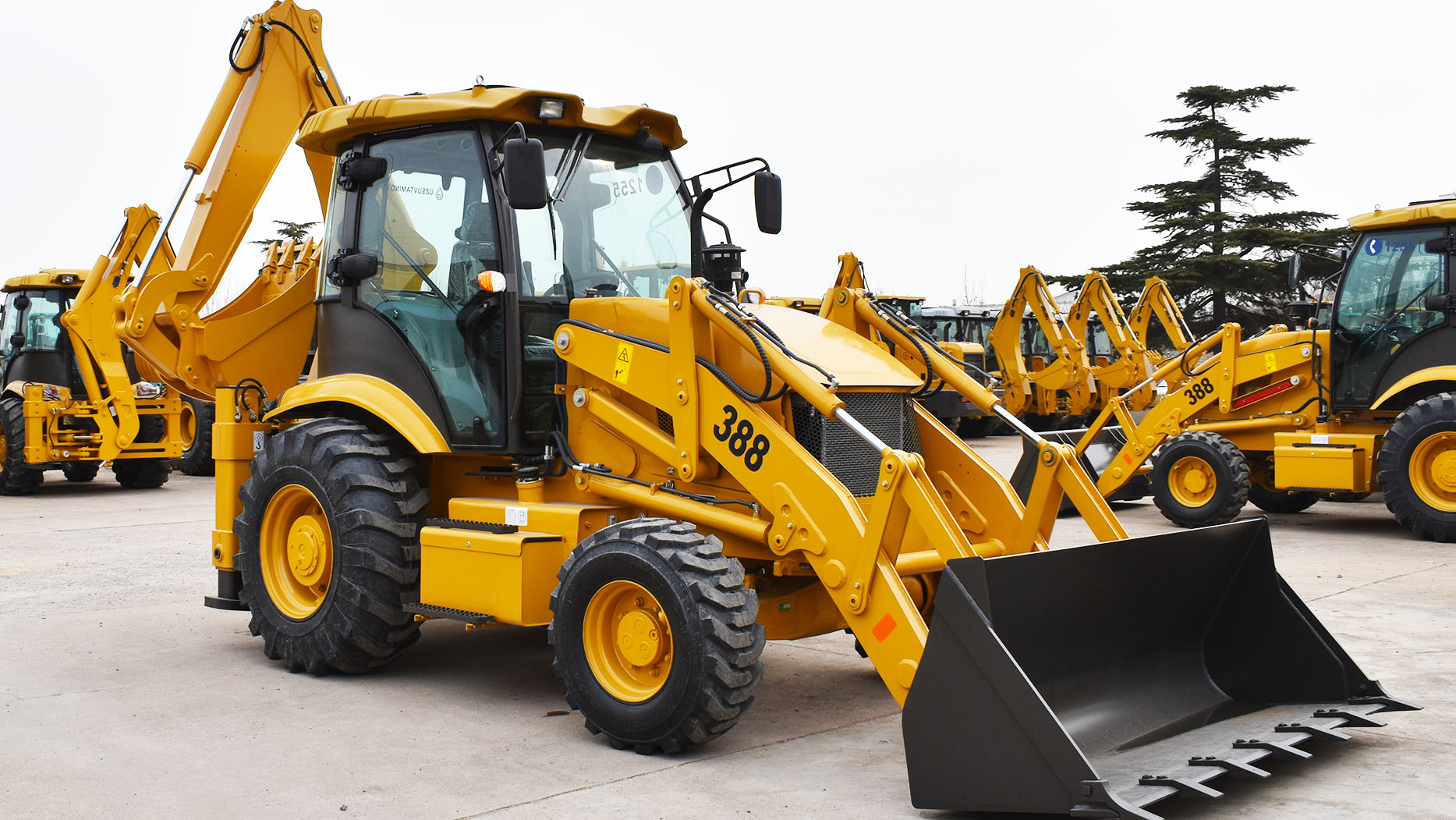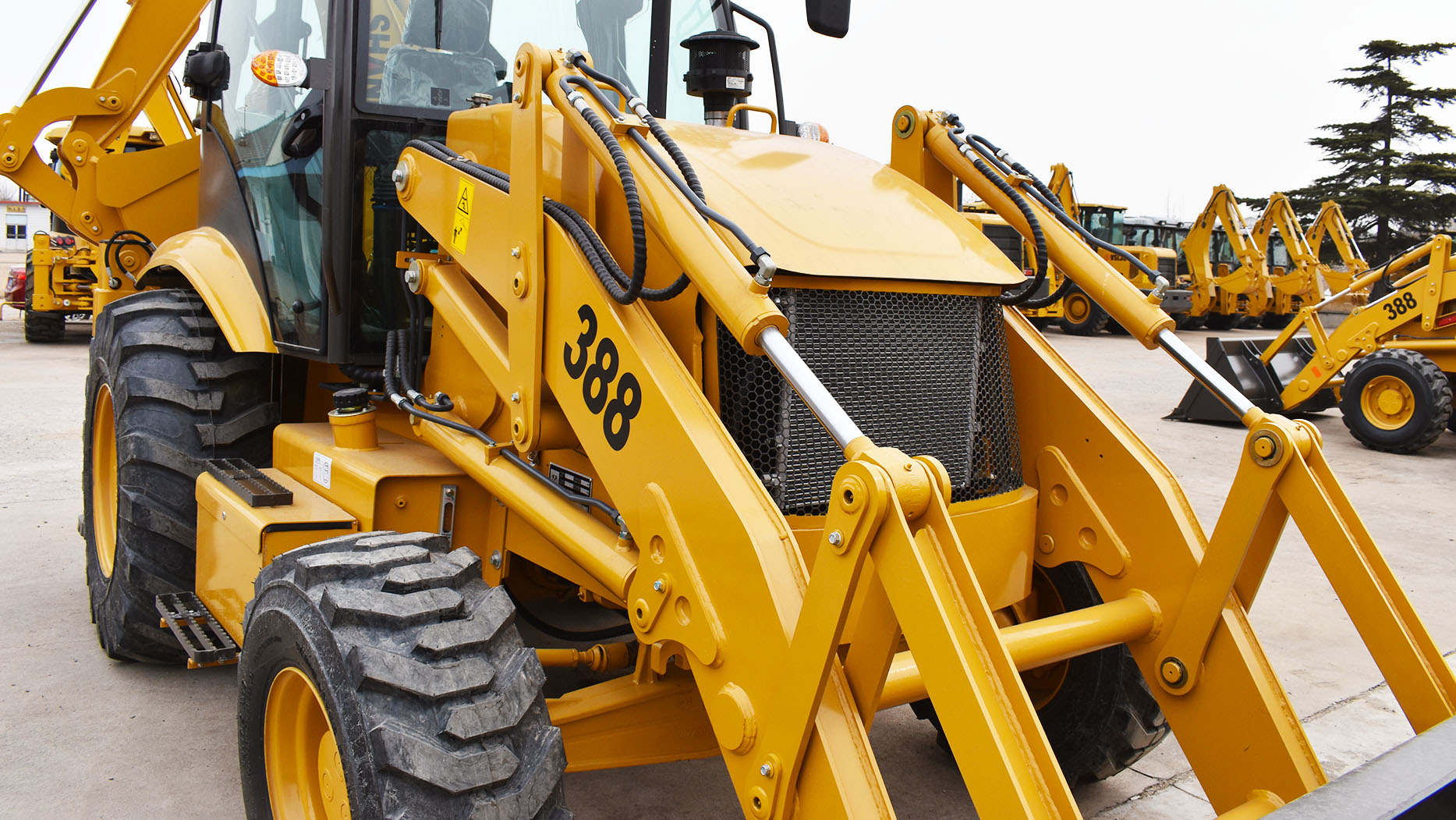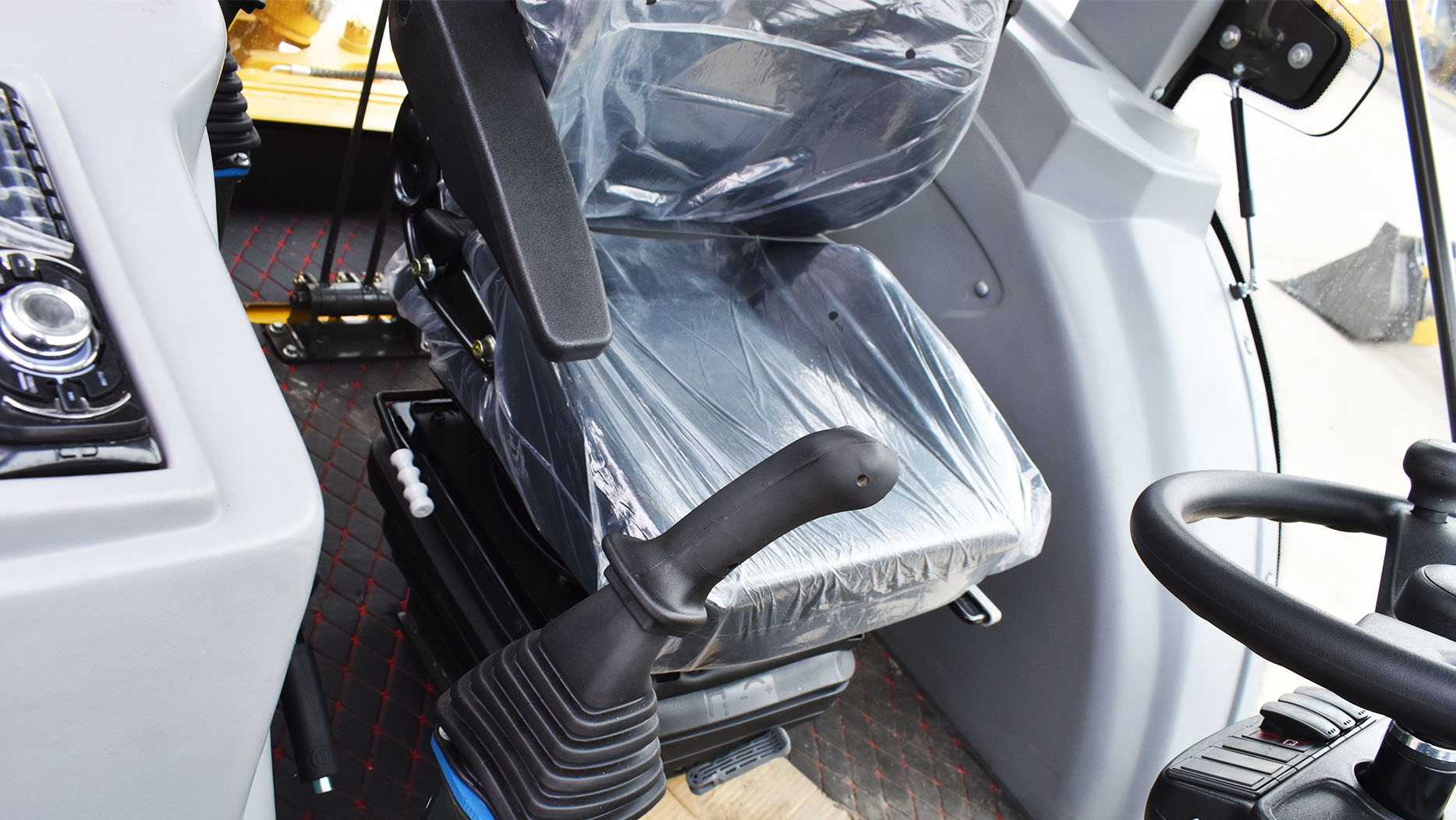I. Introduction
Backhoes are indispensable tools for small farms, tackling everything from trenching and landscaping to material handling and post-hole drilling. As we approach 2025, the landscape of farming is evolving, with increased emphasis on efficiency, sustainability, and technological integration. Small farmers are seeking backhoes that not only meet their diverse needs but also align with these advancements. This article serves as a comprehensive guide, navigating the options and key features to help you select the best backhoe for your small farm in 2025. We'll delve into the latest technologies, evaluate different types of backhoes, and consider the practical aspects of cost, maintenance, and long-term value, ensuring you make an informed decision for the future of your farm.
II. Understanding Small Farm Needs
Small farms often face unique challenges, requiring versatile and adaptable equipment. Common backhoe tasks include digging irrigation trenches, moving hay bales or compost, installing fences, and maintaining drainage systems. Size and space constraints are critical considerations; compact designs are essential for navigating tight spaces and maneuvering around existing structures. The frequency of use and budget limitations also play a significant role in equipment selection. Small farmers need backhoes that offer reliability and durability without breaking the bank. Versatility is paramount, as a single machine may need to handle a wide range of tasks. The ability to easily switch between attachments, such as buckets, augers, and grapples, is crucial for maximizing efficiency and minimizing the need for multiple machines.
III. Types of Backhoes Suitable for Small Farms
A. Compact Tractor Loader Backhoes (TLBs): TLBs remain a popular choice due to their versatility and ease of use. Their compact size allows for easy maneuvering, while the combination of a loader and backhoe provides a multi-functional tool. However, they may have lower power output compared to dedicated excavators, and their initial cost can be higher.
B. Mini-Excavators with Backhoe Attachments: Mini-excavators offer excellent maneuverability and powerful digging capabilities, making them ideal for precise work. Adding a backhoe attachment enhances their versatility. However, they typically come at a higher cost than TLBs and require specialized training for operation.
C. Skid Steer Loaders with Backhoe Attachments: Skid steers are highly versatile, with a wide range of available attachments, including backhoes. They offer excellent maneuverability and can handle various tasks. However, stability concerns may arise when operating on uneven terrain, and there is a learning curve associated with mastering their controls.
D. Stand-Alone Backhoes: While less common on small farms due to their larger size and specialized nature, stand-alone backhoes offer heavy-duty digging capabilities. They are best suited for farms with extensive digging needs and ample space but are less versatile than other options.
IV. Key Features to Consider for 2025 Models
A. Engine/Motor Technology: By 2025, expect to see widespread adoption of Tier 5 emission standards and increased availability of electric backhoes. Evaluate fuel efficiency and emissions, and consider the benefits of electric motors, such as reduced noise and maintenance. Battery longevity and charging infrastructure will be critical factors.
B. Hydraulic System: Look for hydraulic systems that provide ample digging force and lifting capacity, ensuring smooth and precise operation. Attachment compatibility is essential for maximizing versatility.
C. Size and Maneuverability: Consider the overall dimensions and turning radius of the backhoe. Compact designs are crucial for navigating tight spaces. Pay attention to weight distribution and stability, especially when working on uneven terrain.
D. Operator Comfort and Ergonomics: A comfortable cab with excellent visibility is essential for long hours of operation. Look for intuitive control layouts and features that reduce noise and vibration.
E. Attachment Versatility: Quick-attach systems will be standard, allowing for rapid switching between attachments. Ensure a wide variety of compatible attachments are available, including buckets, augers, grapples, and more.
V. Technological Advancements in 2025 Backhoes
A. Telematics and Remote Monitoring: Expect to see advanced telematics systems that provide real-time data on machine performance, fuel consumption, and maintenance needs. Remote diagnostics and troubleshooting will minimize downtime
B. Precision Control Systems: GPS-guided digging and leveling systems will become increasingly common, allowing for precise work and automated tasks. Pre-set digging depths and automated trenching will enhance efficiency.
C. Enhanced Safety Features: Collision avoidance systems, improved lighting and visibility, and advanced rollover protection systems will be standard features. Expect significant improvements in operator safety.
D. Electric and Hybrid Backhoes: Battery technology will continue to advance, providing longer operating times and faster charging. Charging infrastructure will expand, making electric backhoes a viable option for more farms. Hybrid models will offer a balance of power and efficiency.
VI. Cost Analysis and Budgeting
When assessing cost, consider not only the initial purchase price but also the long-term value. Fuel/electricity costs and maintenance expenses will vary depending on the type of backhoe and its usage. Explore financing options and leasing agreements to manage upfront costs. Remember to factor in resale value and depreciation when evaluating the overall investment. By 2025, the used backhoe market will offer a wide range of options, allowing farmers to find cost-effective solutions.
VII. Top Backhoe Recommendations for 2025
A. Hypothetical Model A (Electric TLB): This model will offer zero emissions, quiet operation, and advanced telematics. It will excel in urban or noise-sensitive environments and feature a modular battery system.
B. Hypothetical Model B (Hybrid Mini-Excavator): This model will combine a fuel-efficient diesel engine with an electric motor for enhanced performance and reduced emissions. It will feature GPS-guided digging and automated tasks.
C. Hypothetical Model C (Advanced Skid Steer Attachment): This attachment will feature improved stability control, quick-attach systems, and a wider range of compatible tools. It will be ideal for farms that already own a skid steer.
D. Budget-Friendly Used Options: In 2025, the used market will offer a variety of well-maintained backhoes with updated technology, providing cost-effective solutions for budget-conscious farmers.
VIII. Maintenance and Service Considerations
Regular maintenance is crucial for ensuring the longevity and reliability of your backhoe. By 2025, expect to see increased availability of remote diagnostics and online maintenance resources. Ensure that parts and service are readily available in your area. Evaluate warranty and support options before making a purchase. Consider whether you prefer DIY maintenance or professional service.
IX. Future Trends and Predictions
The adoption of electric and hybrid backhoes will accelerate, driven by environmental concerns and technological advancements. Automation and precision control will become standard features, enhancing efficiency and productivity. The used backhoe market will continue to grow, offering more affordable options for small farmers.
X. Conclusion
Choosing the best backhoe for your small farm in 2025 requires careful consideration of your specific needs, budget, and technological preferences. By evaluating the key features, considering future trends, and comparing different models, you can make an informed decision that will benefit your farm for years to come. The future of backhoes for small farms is bright, with advancements in technology and sustainability paving the way for greater efficiency and productivity.
Post time:Mar.24.2025



